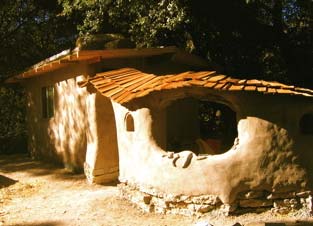
Cob houses, or earth homes in general, are so attuned to their surroundings, they are the ultimate expression of ecological design. With recent rises in lumber prices and increasing interest in natural and environmentally safe building practices, cob is enjoying a renaissance.
Cob, meaning a lump or rounded mass, has been using the oldest, most available materials imaginable – earth, clay, sand, straw, and water; traditional cob building practices have been used for centuries and can be found all over the world, even in rainy and windy climates like the British Isles, rural parts of England, Scotland, and Wales.
Cob houses are strong and durable, highly resistant to rain and highly insulated. They are the ultimate green homes because they are inexpensive, energy-efficient, non-toxic and completely recyclable. They do not contribute to deforestation, pollution or mining nor depend on manufactured materials or power tools.
Cob building uses hands and feet to form lumps of earth mixed with sand and straw, resulting in an organic, hand-sculpted house with built-in, whimsical touches. Cob homes are charming – they are full of light and cozy, with curved walls, arches and niches.
Check out these cozy cob living rooms:
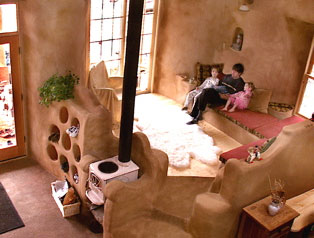
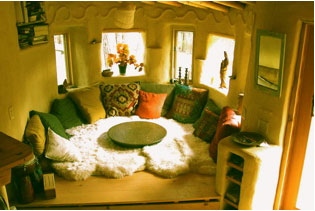
… a yurt-inspired strawbale guest house
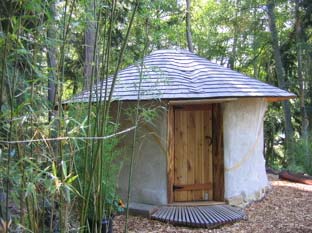
… a tiny cob garden shed with a charming “living roof”
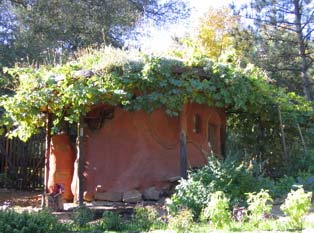
… a beautiful, 6 foot cob arch

… a cob house on Mayne Island, southwest coast of British Columbia, Canada
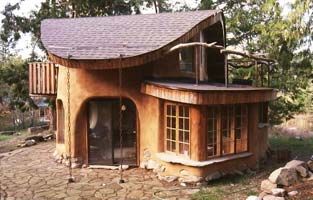
… according to House Alive, this building was build by a group of friends, only one of them had taken a one-week workshop. Amazing!
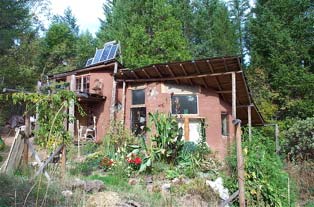






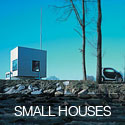
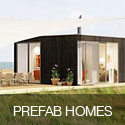
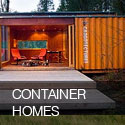
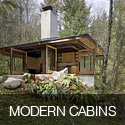
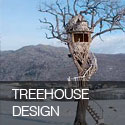
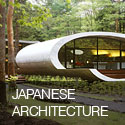

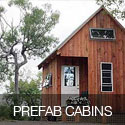
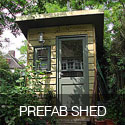

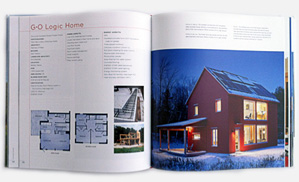
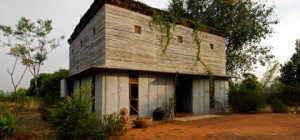
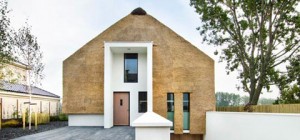
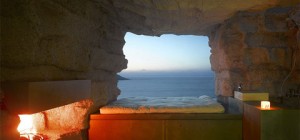
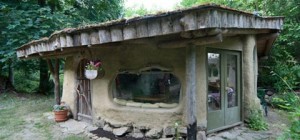
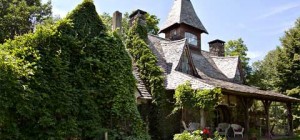
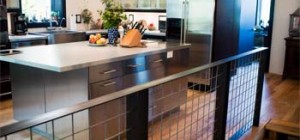
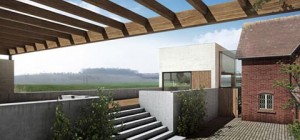
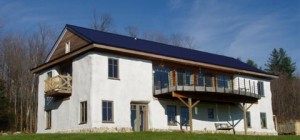

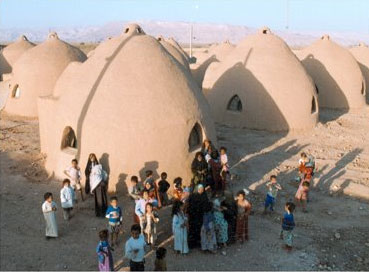
This is what happens when you respect the earth.
Wow!! It is very cool hut. I think architecture is the more knowledgeable. This is a fantastic post.